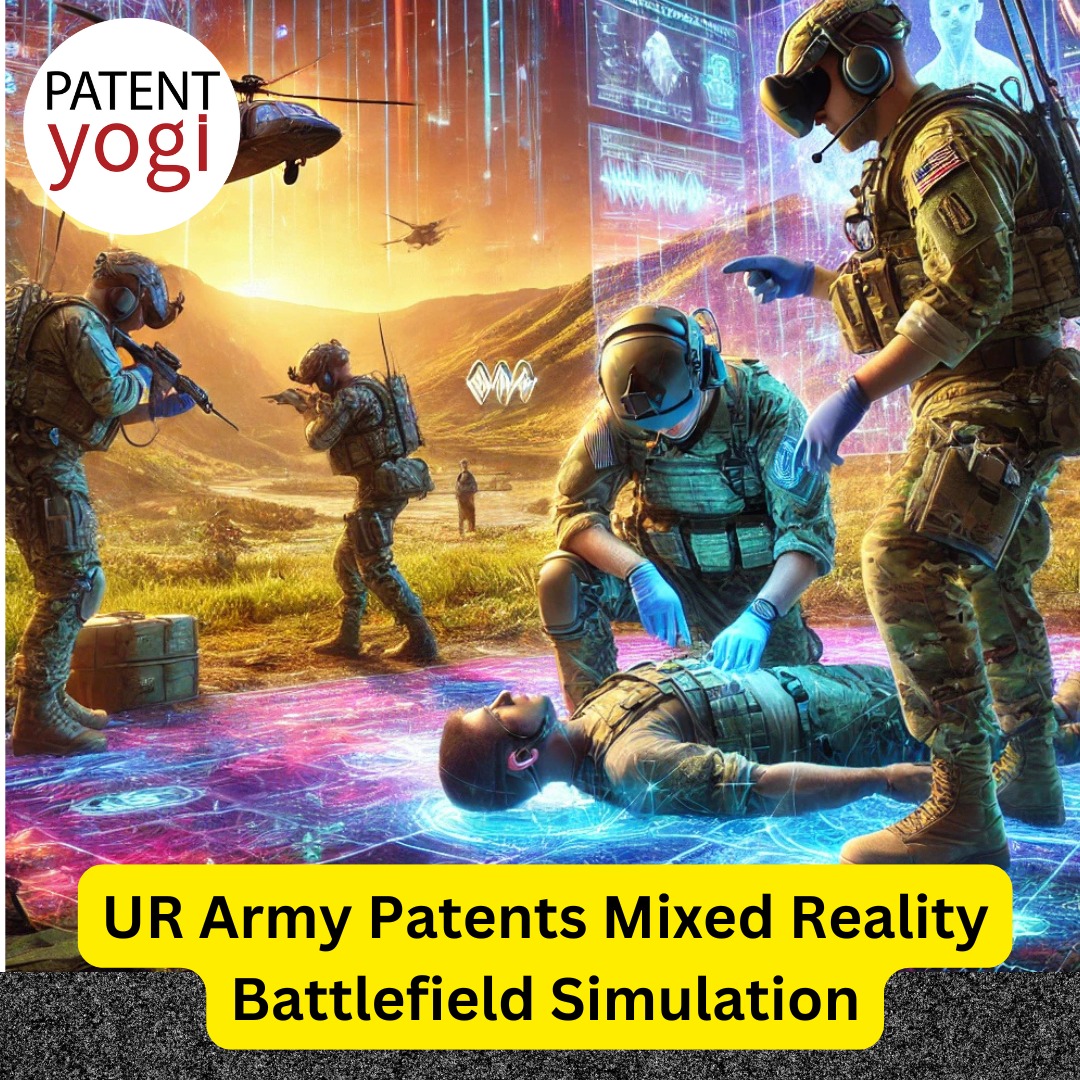The U.S. Army has taken a bold step into the future with its newly patented Mixed Reality Battlefield Rescue Simulation platform. This cutting-edge system combines the latest advancements in mixed reality (MR) technology to transform how military personnel are trained for battlefield first aid, tactical teamwork, and combat readiness.
What is the Mixed Reality Battlefield Rescue Simulation?
This platform is a highly immersive training tool designed to simulate realistic battlefield environments and scenarios. By combining hardware and software components, it creates an interactive virtual-reality experience that blends real-world actions with virtual environments. Trainees are exposed to high-pressure combat situations where they must apply first aid, coordinate with their team, and adapt to the chaotic nature of the battlefield.
Key Features of the Platform
- 3D Battlefield Scene Simulation
- A hyper-realistic virtual battlefield replicates terrains, weather, and combat conditions.
- Layers like terrain, ground surface, vegetation, and buildings create an authentic training ground.
- Wounded Simulation System
- Advanced 3D modeling mimics battlefield injuries with lifelike accuracy, including wounds such as hemorrhages and fractures.
- Dynamic animations illustrate the progression of injuries to enhance decision-making skills.
- Wearable Tactical Gear
- Trainees wear tactical vests embedded with sensors that provide haptic feedback, simulating hits, explosions, and other battlefield impacts.
- A recoil simulation device replicates the force of weapon firing.
- Team Collaboration in Virtual Spaces
- Participants engage in large-space cooperative missions using space anchoring technology.
- Virtual and real-world actions are synchronized for seamless interaction and teamwork.
- Real-Time Monitoring and Evaluation
- Trainers can oversee the entire session with real-time audio, video, and performance monitoring.
- A scoring system assesses tactical, organizational, and rescue competencies.
How It Works
Trainees don head-mounted displays, tactical vests, and handheld simulation weapons. The mixed reality system anchors virtual elements to real-world locations, enabling participants to navigate and interact within a defined training area. AI-powered enemy forces and dynamic scenarios challenge trainees to make split-second decisions while maintaining coordination with their team.
When a simulated injury occurs, the system provides immediate feedback, requiring trainees to assess the situation and administer first aid under fire. The team’s performance is evaluated based on speed, accuracy, and teamwork, offering actionable insights for improvement.
The Benefits of Mixed Reality Training
- Realistic Scenarios: Trainees experience the intensity and unpredictability of real combat.
- Enhanced Decision-Making: Real-time feedback helps soldiers refine their first-aid and tactical skills.
- Cost Efficiency: Reduces the need for large-scale physical setups or repeated live drills.
- Team Coordination: Encourages communication and collaboration under simulated stress.
- Safety: Allows soldiers to train for high-risk scenarios without actual danger.
Potential Impact on the Military
This technology represents a paradigm shift in military training. By integrating cutting-edge MR technology, the U.S. Army can prepare soldiers for modern combat’s complexities while reducing logistical and financial constraints. Moreover, the platform’s adaptability makes it suitable for various environments, from desert warfare to urban operations.
The Future of Training
The Mixed Reality Battlefield Rescue Simulation platform is a testament to the U.S. Army’s commitment to leveraging technology for better preparedness. As mixed reality continues to evolve, it’s not hard to imagine its applications extending beyond the military to other high-stakes fields like emergency response, law enforcement, and medical training.
By bridging the gap between virtual and physical worlds, the U.S. Army is equipping its soldiers with the tools they need to excel in the most challenging scenarios. This innovation underscores the importance of technology in creating safer, more effective training solutions for the defenders of tomorrow.

